-
Aboriginal
- Artwork
- Bags
- Bath and Body
- Boomerangs
- Coasters & Placemats
- Cufflinks
- Cushions
- Jewellery
- Scarves
- Socks
- Souvenirs
- Stationery
- Tablecloths & Runners
- Teatowels
- Ties
- Wrapping Paper
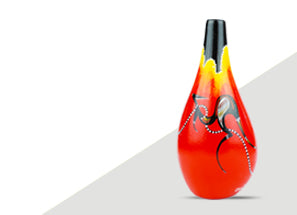
-
Artists

-
Bath and Body

-
Clothing
- Adult Tshirts
- Adult Ladies Tshirts
- Bibs
- Childrens Tshirts
- Gloves
- Hats
- Leather Wallets
- Scarves
- Socks/Footwear
- Ties
- Winter Scarves

-
Homewares
- Aboriginal
- Aprons
- Bags
- Ceramics
- Christmas Decorations
- Clocks
- Coasters
- Cushions
- Foods
- Glass
- Picture Frames
- Placemats
- Tablecloths & Runners
- Teatowels
- Timber Trivets
- Window Decals
- Wine Charms
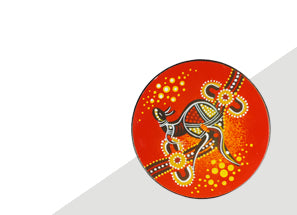
-
Jewellery
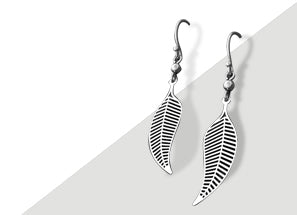
-
Souvenirs
- Books
- Can Coolers
- Childrens
- Chocolates
- Gold Pins
- Jerky
- Keyrings
- Leather
- Magnets
- Mouse Pads
- Pewter
- Skins
- Soft Toys
- Two Up
- Wind Spinner

-
Stationery
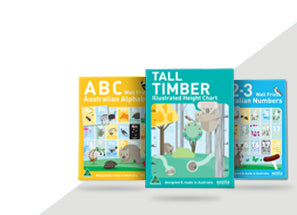
-
Timber
- Banksia
- Bookmarks
- Christmas Decorations
- Clocks
- Coasters
- Frames
- Pens & Accessories
- Puzzles & Toys
- Trivets
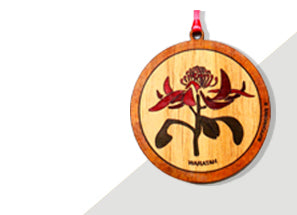
The History of Wattle Day
Information provided by The Wattle Day Association.
The first known use of wattle as a meaningful emblem dates back to the early days of Tasmania (1836).
Near the end of the nineteenth century, naturalistic imagery of Australian flora and fauna began to appear on utilitarian objects such as furniture. This was a refection of intensifying nationalism as the colonies considered their progress towards Federation.
South Australia
1889 - "Wattle Blossom League" - social in the town hall - designed a flag.
Victoria
1891 - article in Melbourne Herald In February 1891 there was as article on national symbols in the Melbourne Herald which in part was responding to Canada's choice of the maple leaf as national emblem. It was proposed that wattle should become the Australian emblem.
The first suggestion of a Wattle Day was made by Mr Campbell during a speech in September 1908.
NSW
An August 1909 public meeting held to form a Wattle Day League accepted a motion of his advocating the setting apart throughout the Commonwealth a day which the Australian national flower - the Wattle Blossom - might be worn, and its display encouraged. The meeting also agreed to encourage the coordination of all states in this endeavour.
There had been a debate as to whether Wattle or the Waratah should be Australia's national floral emblem. By around 1910, consensus finally favoured Wattle since it grows throughout the nation whereas the Waratah is limited in distribution.
The First National Wattle Day
was celebrated in Sydney, Melboune and Adelaide on the First of September 1910. Early Wattle Day activities included planting of wattle trees in school grounds, school lessons on botany, street decorations of wattle blossom, and wearing sprigs of wattle, often sold for charity.
Wider acceptance of national Wattle Day was achieved at a major Australian Wattle Day League Conference in Melbourne in January 1913. Branches were formed in a number of states, with the general aim of officially proclaiming wattle as the national floral emblem and extending Wattle Day celebrations throughout the nation.
Wattle as an Emblem
About this time, (1913) wattle was officially introduced to representations of the Commonwealth coat-of-arms. And in December of the same year, the first wattle blossom stamp was issued.
World War I
Wattle took on a new significance in the war years as a potent symbol of home for military personnel serving overseas, and as a means of raising money for organisations such as the Red Cross. Beautifully designed Wattle Day badges as well as wattle sprigs were sold.
Wattle Day continued to be celebrated during the 1920s and 1930s, although apparently not in Western Australia or the Northern Territory. The day became largely associated with schools and tree planting, the aftermath of the War perhaps softening some of the patriotic fervour characteristics of the early days of Federation.
For some reason, World War II is not recorded as having greatly revived the tradition of Wattle Day; wattle does not seem to have been widely used as a symbol of Australia in that time of national crisis. At any rate, following the war, Wattle Day was allowed to slowly die as a tradition.
Date Change
In 1916 the date of Wattle Day was changed in New South Wales to the First of August - from the original 1st September. This was done because wattle blooms profusely about this time in the surrounds of Sydney. However, the change led to some confusion which persists to this day.
Official Date
Continuing confusion over the actual date a Wattle Day required a long-awaited agreement among the Commonwealth and States to unify Australia's Wattle Day as the First Day of Spring (1st September) in every State and Territory. This took place in 1992.
National Colours
It was not until the 1980s that national pride and symbolism re-emerged (for example, the boxing kangaroo).
A significant milestone was the proclaimation in April 1984 of the wattle's green leaves and gold blossom as the national colours. This settled a long dispute as to weather the colours should be green or blue together with gold. While Green and Gold is widely used by Australian sporting teams, the national colours deserve even wider use and recognition.
Proclamation - National Emblem
The unfinished business of 1913, that is proclaimation of Wattle as the national floral emblem, was completed during the Bicentennial Year, on the First of September 1988. Golden Wattle, Acacia pycnantha, is the actual species chosen.









